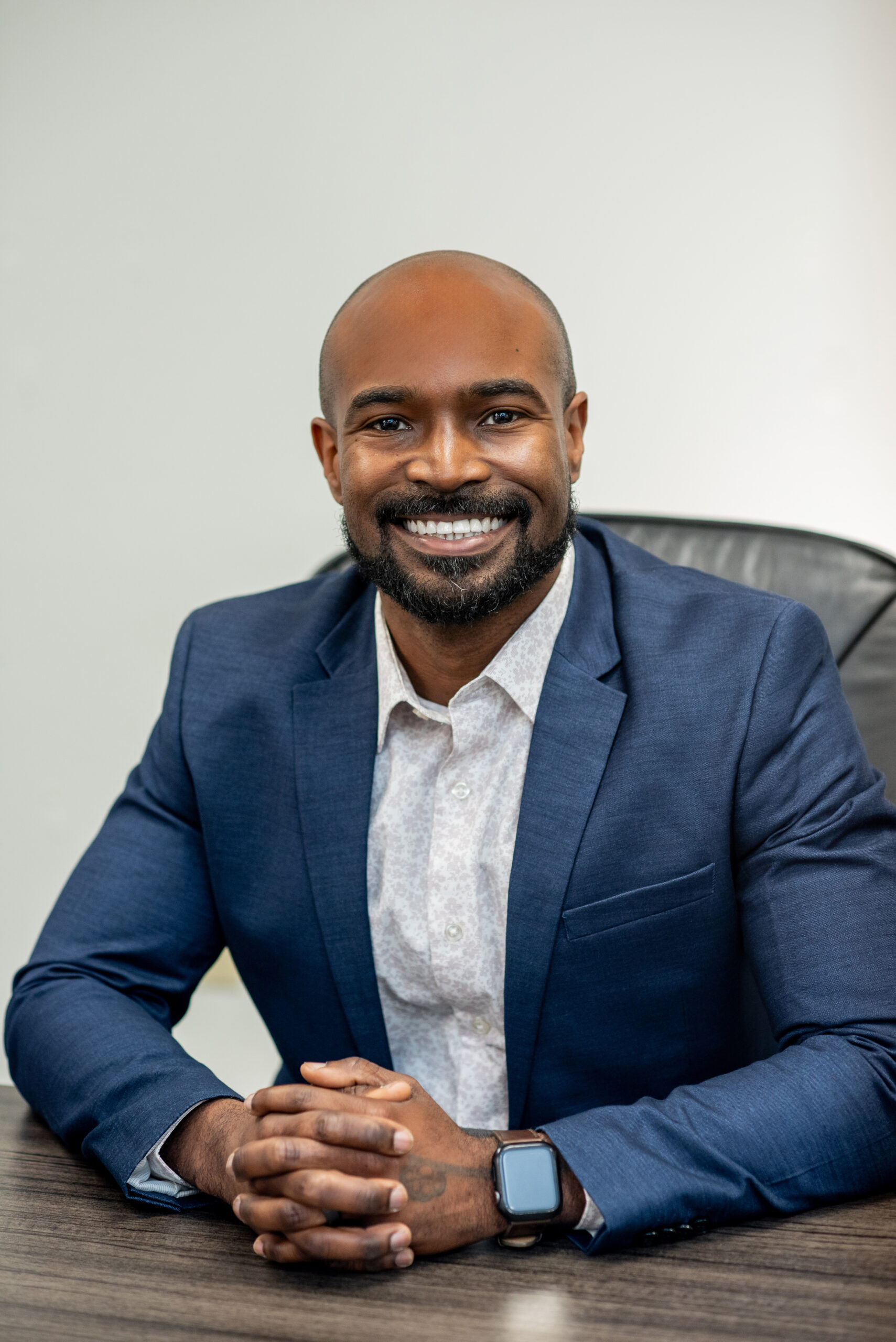
“Careers are a jungle gym, not a ladder. There is no perfect fit when you’re looking for the next big thing to do. You have to take opportunities and make an opportunity fit for you, rather than the other way around.”
– Sheryl Sandberg, Tech COO (Meta from 2008 – 2022), philanthropist and Author.
Most of us grow up hearing about career ladders—step-by-step promotions, linear paths, and predictable timelines. Study there, graduate at a specific time, apply for a role with this organization, and retire when you’ve invested decades into sharpening your craft. But the reality is messier and more challenging to navigate when your natural instinct is to await (and wish for) clear instructions.
Careers rarely follow a straight line. They twist, pivot, and occasionally stall. That’s why I love Sheryl Sandberg’s idea of a jungle gym instead of a ladder. It frees us from thinking there’s only one right way up.
But what happens when you’re staring at the jungle gym, unsure which bar to grab next?
The truth no one tells you is that waiting for someone else to show you the way is rarely the answer. Leaders—at every stage—practice two skills that help them navigate forward with clarity and confidence: critical thinking and emotional intelligence (EI and EQ are used interchangeably to represent emotional intelligence). These aren’t merely buzzwords; they’re essential tools for people who don’t have a perfect map but still plan to chart a path. You’ve likely heard of both, but may not clearly understand how they can fuel your journey. Let’s explore.
Beginner’s Guide to Critical Thinking for Career Strategy
Definition:
Critical thinking is the ability to analyze information objectively, question assumptions, and make reasoned decisions. It’s what turns “I don’t know what I want to do next” into “What options make sense given what I value, what I’ve learned, and where I want to grow?”
How it Applies to Your Career:
Instead of looking for the perfect next job title or opportunity (spoiler: it rarely exists), critical thinking helps you zoom out and ask better-quality questions to generate better-quality answers:
- What skills have I mastered—and which ones excite me most?
- Where is our industry headed?
- What kinds of problems am I drawn to solving?
- What patterns have I noticed about roles I’ve loved or hated?
Critical Thinking Framework (Beginner-Friendly):
- Clarify the Problem: Not “What’s my dream job?” but “What do I need right now—more challenge, more stability, new skills?”
- Gather Information: Research roles, connect with people in jobs you’re curious about, and read job descriptions—even ones you don’t qualify for.
- Evaluate Options: Which options align with your values, strengths, and lifestyle needs?
- Take Action (Experiment): Apply, volunteer, shadow someone, or create a project. Yes, create. Many aspiring leaders create opportunities for themselves by clarifying competencies, skills, and general knowledge around their chosen career path.
Remember that action clarifies what thinking alone cannot.
Are you interested in learning more about Critical Thinking?
Check out Using Questions to Foster Critical Thinking and Curiosity with Joshua Miller and earn a certificate after completing the course!
How Emotional Intelligence Helps You Make Progress:
EQ gives you the self-awareness and resilience to make strategic moves—even when they feel scary. In my career, I’ve heard senior leaders and brand-new employees speak highly of what they’ve learned by studying emotional intelligence. Unfortunately, as it has risen in popularity, many individuals have been told they should work on their EQ without clearly explaining how, why, or where their current blind spots may be. I hope to give you enough insight to continue your research and studies beyond this blog.
Simple EQ Practices for Career Growth:
- Self-awareness: Notice when fear or limiting beliefs hold you back from taking initiative.
- Empathy: Defined as the ability to understand and share the feelings of another. Understand what decision-makers value—what problems they’re trying to solve.
- Social skills: Build relationships before you need them. Be curious about others’ journeys—these conversations often spark your next move.
- Self-regulation: Bounce back from rejections and setbacks without derailing your momentum.
Are you interested in learning more about Emotional Intelligence?
Check out Emotional Intelligence Nano Tips with Selena Rezvani and earn a certificate after completing the course!
The next step in your career isn’t about just waiting for the job title you’ve already imagined because it’s familiar. It’s about becoming the person best suited for the role because your development process is built on logic and strategy instead of desperation and familiarity. It’s about developing the skills—especially critical thinking and emotional intelligence—that leaders use to make their opportunities fit. That’s how you stop waiting to be told what to do—and start showing up as the leader others can already see.
“Taking initiative pays off. It is hard to visualize someone as a leader if she is always waiting to be told what to do.”
– Sheryl Sandberg, Tech COO (Meta from 2008 – 2022), philanthropist and Author.

